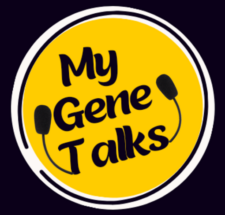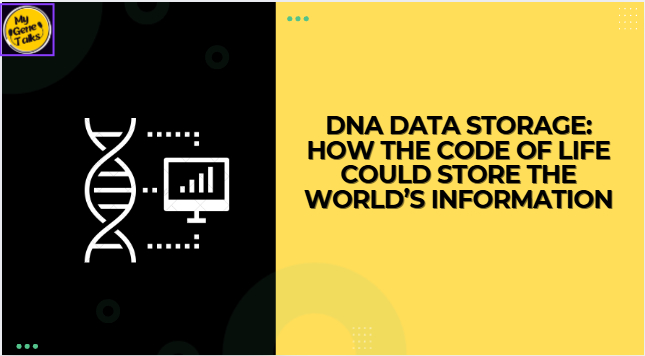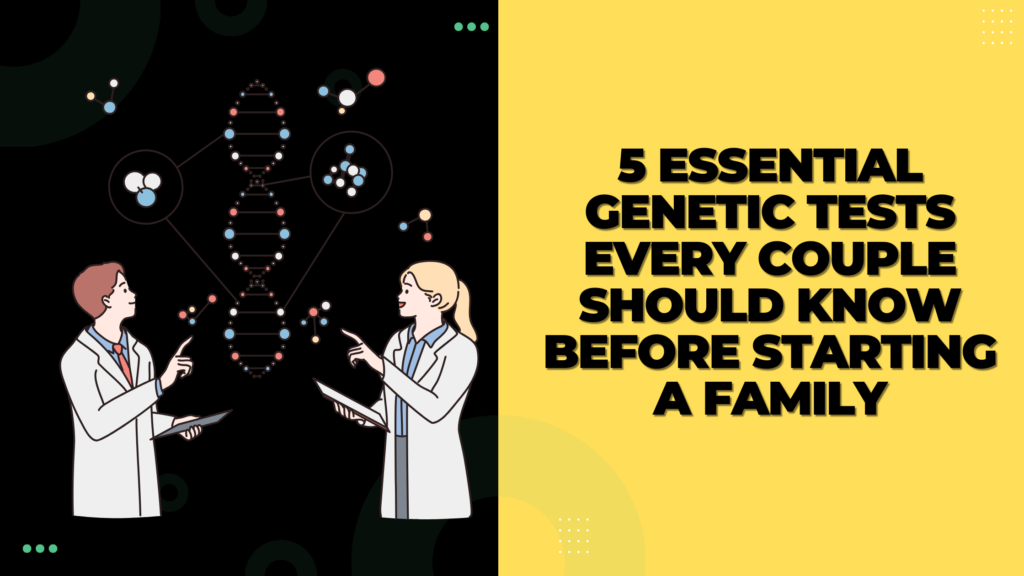Introduction: When Data Outgrows Silicon
Every day, humanity generates over 300 million terabytes of data from social media videos to genomic records.
By 2030, global data volume is expected to exceed 600 zettabytes. Traditional silicon-based storage is running out of space, consuming enormous energy and materials.
Every day, humanity generates over 300 million terabytes of data from social media videos to genomic records.
By 2030, global data volume is expected to exceed 600 zettabytes. Traditional silicon-based storage is running out of space, consuming enormous energy and materials.
So where do we put all this data?
Surprisingly, the answer might lie inside ourselves, in DNA, the molecule that already stores the blueprint of life.
Recent advances in AI, synthetic biology, and molecular computing are turning DNA into the next frontier for data storage technology, one that’s smaller, faster, and far more sustainable.
What Is DNA Data Storage?
In simple terms, DNA data storage means converting digital data, the 1s and 0s of computers into biological code made up of A, T, C, and G, the four DNA bases.
Instead of storing information on silicon chips or magnetic disks, scientists synthesize strands of DNA representing the same data. Later, these strands can be sequenced to read the data back, just like reading a genetic code.
This approach is gaining huge attention because AI is now being used to optimize every stage from error correction in DNA synthesis to decoding algorithms that retrieve data faster and more accurately.

Step 1: Encoding: Turning 1s and 0s into A, T, C, and G
Think of encoding as translation.
Every digital file is made of binary numbers, 0s and 1s. Scientists use an encoding algorithm that maps those bits into DNA bases:
| Binary Code | DNA Base |
|---|---|
| 00 | A (Adenine) |
| 01 | T (Thymine) |
| 10 | C (Cytosine) |
| 11 | G (Guanine) |
Step 2: Synthesis: Writing the DNA Code
Once the digital message is translated into a DNA sequence, machines called DNA synthesizers chemically build the strand, letter by letter.This process is like 3D-printing molecules.
Instead of ink, the printer uses chemical building blocks to assemble the bases (A, T, C, G) into synthetic DNA fragments.These short DNA strands are then pooled together and stored in small vials and looking just like drops of clear water!
Step 3: Storage:Preserving DNA for Centuries
Once written, DNA is incredibly stable. Unlike your SSD or hard drive, it doesn’t need electricity or constant cooling.
DNA can survive:
Thousands of years in the right temperature and humidity. Extreme environments, as proven by DNA from ancient fossils still readable today. Scientists often encapsulate DNA in glass beads or silica particles for long-term archival protection.No electricity. No server maintenance. Just nature’s ultimate storage device.
Step 4: Reading the Data: DNA Sequencing
To retrieve the data, researchers use DNA sequencing machines (like Illumina or Oxford Nanopore). These devices read the nucleotide letters, A, T, C, G , just like scanning a barcode.The sequencing data is then fed into a computer, which decodes it back into binary (1s and 0s).AI models correct any sequencing errors and rebuild the original file, be it a movie, a document, or a database.
Step 5: Decoding & Reconstruction
This is where AI truly shines. Machine learning models help in detecting base misreads (like typos in DNA), reconstruct lost segments with predictive accuracy and Speed up decoding from days to minutes AI acts as the “data recovery engineer” of molecular storage and ensuring no byte (or base) is left behind.
Global Leaders Driving the DNA Storage Revolution
Microsoft + University of Washington
They built the first fully automated DNA data storage system, successfully encoding and retrieving the word “HELLO” using DNA.
Their collaboration bridges cloud computing with molecular biology, making them pioneers in this field.
Catalog (Boston)
An MIT-founded startup building a commercial DNA data storage and computation platform.
They raised $35 million in Series B funding and developed a system capable of writing and reading large datasets using DNA molecules.
Kern Systems (Boston)
Founded by George Church and colleagues, Kern is designing molecular storage devices that merge biology and computing, bringing DNA data storage closer to industry.
Atlas Data Storage
Focused on archival storage, where DNA’s durability is ideal for preserving data for decades. Atlas is turning lab science into long-term data products.
Why AI Matters in DNA Data Storage
Artificial Intelligence is revolutionizing this field in multiple ways:
Error Correction: AI models predict and fix base-pair mismatches during DNA synthesis.
Compression Algorithms: Deep learning helps convert large datasets into shorter, more efficient nucleotide sequences.
Sequencing Optimization: AI speeds up data retrieval by identifying sequencing patterns faster.
Designing DNA Barcodes: Machine learning helps encode multiple files in a single DNA pool using unique identifiers.
In short, AI is making DNA storage practical, cutting both time and cost.
The Incredible Density of DNA Storage
To put it in perspective:One gram of DNA can theoretically hold 215 petabytes of data.
That’s equivalent to:
All of Netflix’s global library,
All the world’s YouTube videos,
And still space left for centuries of new data.
Moreover, DNA is biodegradable, energy-efficient, ultra-stable and lasting thousands of years if kept cool and dry.
India Enters the Race: BioCompute
While the U.S. leads industrial R&D, India is stepping up through startups like BioCompute, a climate-tech company working on DNA-based data storage as a green alternative to energy-hungry data centers.
BioCompute recently received a ₹31 lakh grant under the SusCrunch 2024 climate entrepreneurship program marking India’s entry into this futuristic technology.



